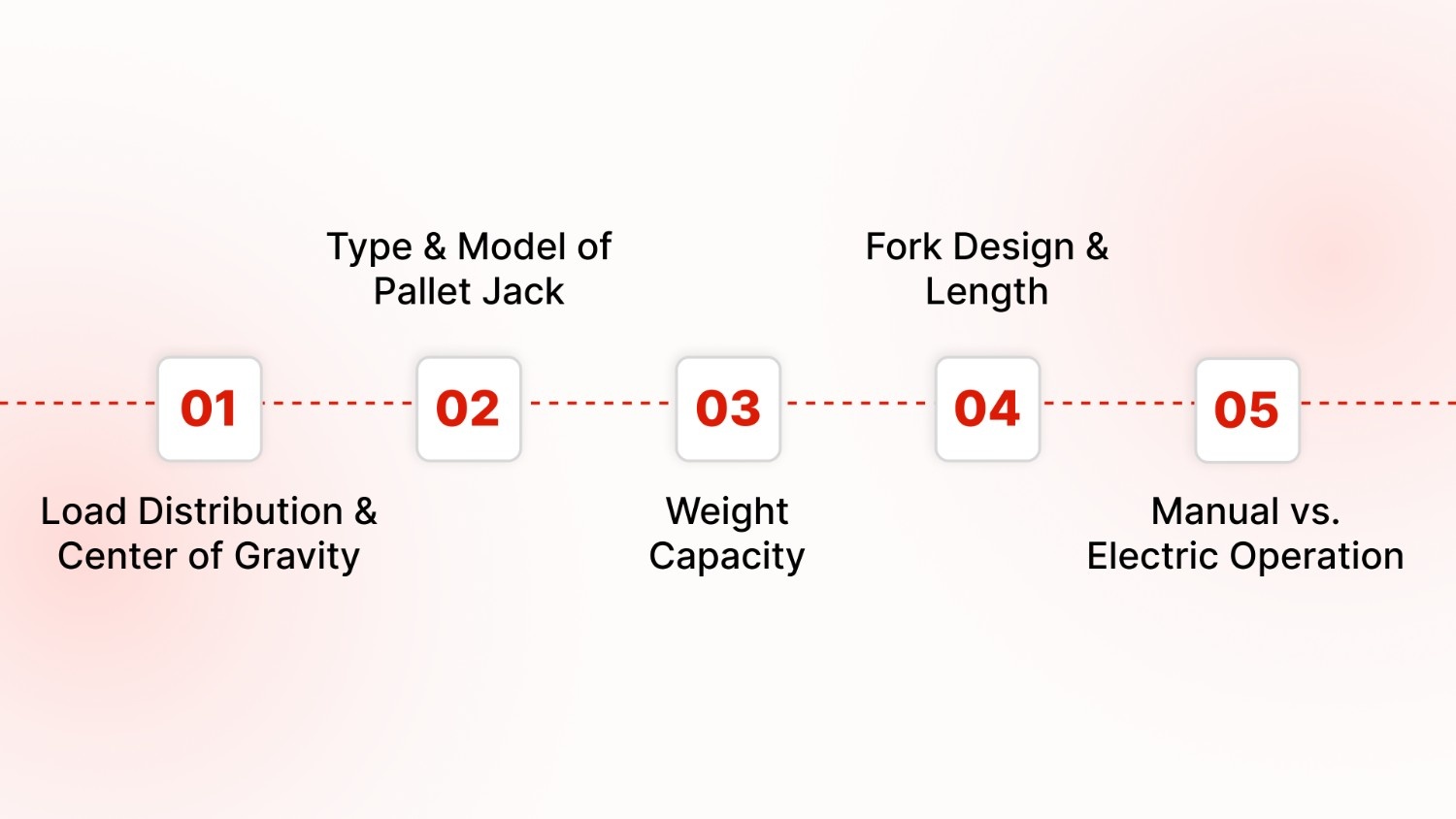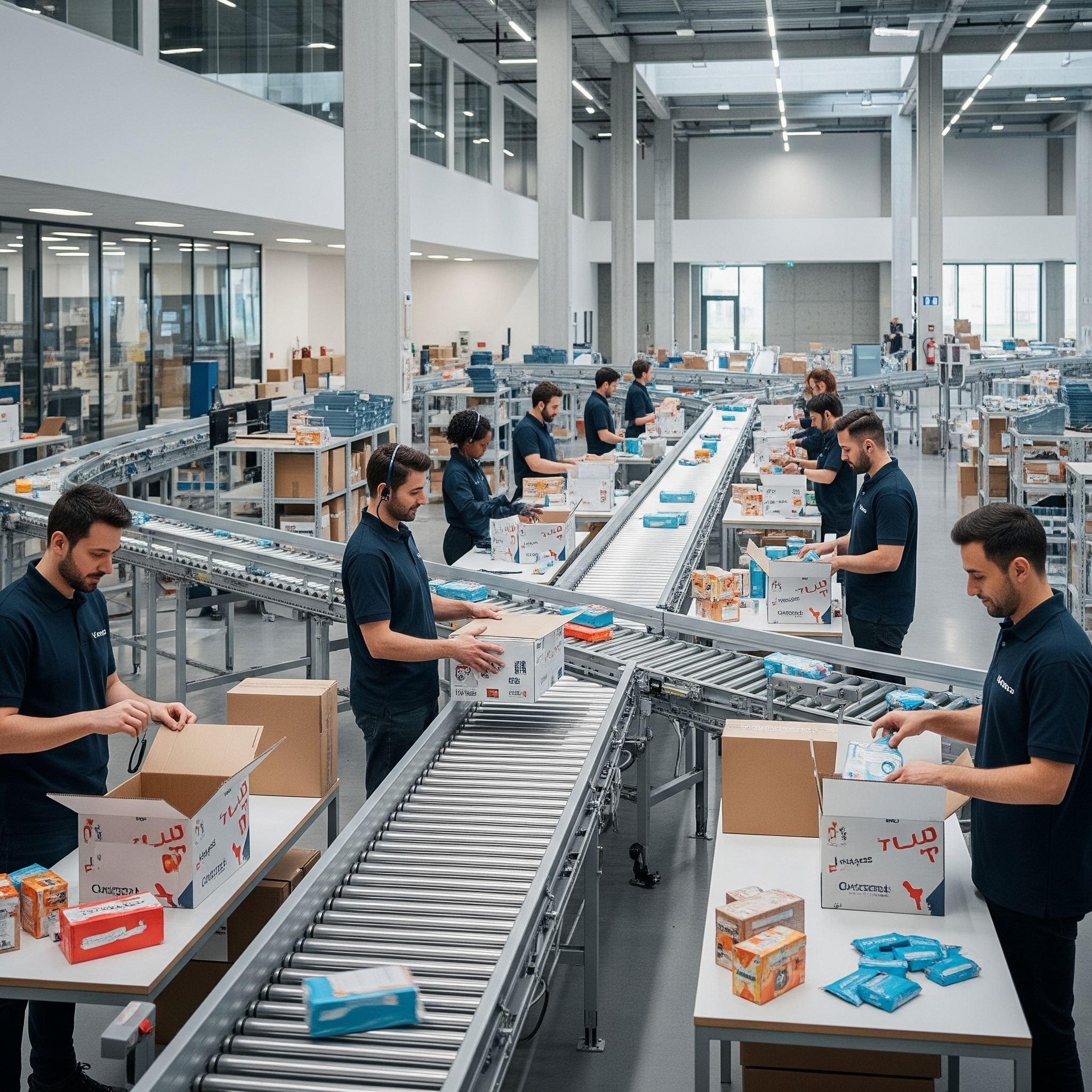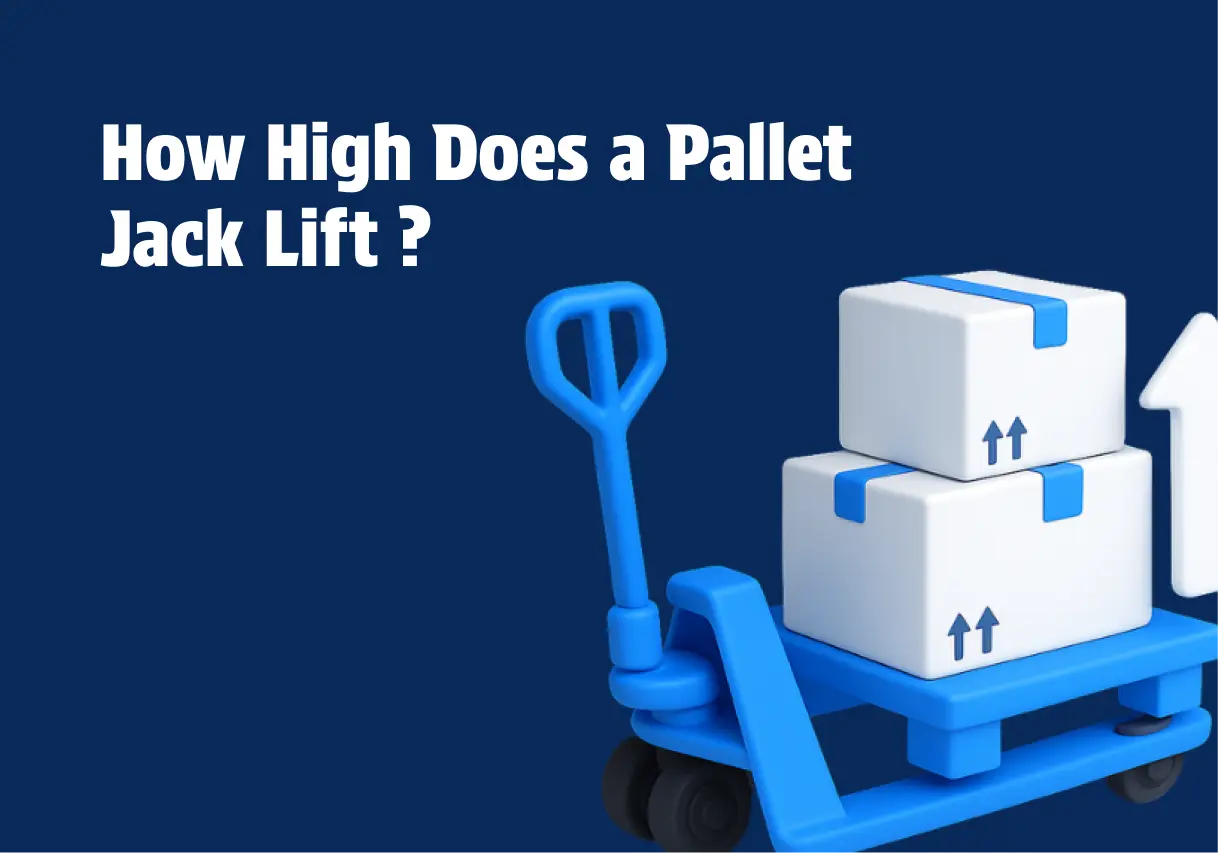A pallet jack is a crucial tool in any material handling operation. These simple yet effective devices are designed to lift and move pallets across short distances. While it may seem straightforward, a key factor in their effectiveness is the lift height.
Understanding how high does a pallet jack lift is essential for ensuring safety, efficiency, and choosing the right equipment for your specific needs. This guide will walk you through the different types of pallet jacks and their lift heights, helping you make an informed decision for your warehouse or facility.
Types and Lift Heights of Pallet Jacks

Pallet jacks come in various designs, each with different lifting capacities and mechanisms. The type of pallet jack you use will directly determine its maximum lift height.
Standard Pallet Jacks
The most common type, standard manual pallet jacks, are primarily designed for ground-level transportation. They are not intended for stacking or reaching high shelves. Their lift height is typically minimal, just enough to clear the pallet from the floor for movement.
- Lift Height: Typically lifts between 6 to 8 inches off the ground.
- Mechanism: Uses a hydraulic pump system that is activated by pumping the handle. This raises the forks just enough to move a pallet.
- Best for: Moving pallets within a warehouse, loading and unloading trucks, and other simple transport tasks.
High-Lift Pallet Jacks
Also known as scissor lifts, high-lift pallet jacks are designed to raise pallets to a more ergonomic height, making them ideal for tasks like assembly or loading at a comfortable level. These jacks use a scissor-like mechanism to achieve their higher lift.
- Lift Height: Can lift loads from 20 to 32 inches.
- Mechanism: Features a unique scissor mechanism that extends upwards as the hydraulic pump is engaged, raising the forks to a working height.
- Best for: Workstations, feeding presses or machines, and situations where products need to be elevated to a comfortable height for packing or assembly.
Electric Pallet Jacks
Electric pallet jacks, also called power jacks, offer motorized travel and lifting, reducing operator strain and increasing efficiency, especially for heavier loads or longer distances.
- Lift Height: Standard electric pallet jacks lift to a similar height as manual ones, around 6 inches. Some specialized electric models, however, can lift to over 20 inches.
- Mechanism: An electric motor handles both the propulsion and the lifting function, which is controlled by buttons on the handle. This makes moving heavy loads effortless.
- Best for: High-volume operations, moving heavy loads over long distances, and reducing manual effort.
Specialized Pallet Jacks
Beyond the standard categories, some specialized pallet jacks cater to unique lifting needs.
High-Lift Skid Jacks
High-lift skid jacks are similar to high-lift pallet jacks but are specifically designed to handle skids instead of standard pallets. The forks on these jacks have a wider stance, allowing them to lift skids that have a solid bottom deck.
- Offer ergonomic height for loading and unloading at elevated levels.
- Ideal for facilities that use skids or non-standard pallets.
Raising Pallet Jacks
This term is often used interchangeably with high-lift pallet jacks. They are designed to move pallets to elevated levels, such as workbenches or conveyors.
- Reduces strain on workers by eliminating the need for bending and heavy lifting.
- Helps prevent common workplace injuries related to manual handling.
Factors Influencing Lifting Height

Several factors can influence a pallet jack's actual lifting height and overall performance.
- Load Distribution and Center of Gravity: An unbalanced load can make a pallet jack unstable and prevent it from reaching its maximum lift height. Always ensure the load is centered and evenly distributed on the forks.
- Type and Model of Pallet Jack: As detailed above, the design of the jack is the primary determinant of its lift height. A standard jack simply cannot lift as high as a scissor lift model.
- Weight Capacity and Model Specifications: Every pallet jack has a maximum weight capacity. Exceeding this limit can damage the equipment and compromise its lifting ability, potentially preventing it from reaching its full height. Always check the manufacturer's specifications.
- Fork Design and Length: The design and length of the forks can affect stability and the load's center of gravity. Using forks that are too short for a pallet can lead to instability and a reduced safe lifting height.
- Manual vs. Electric Operation: While manual pallet jacks require physical force, electric pallet jacks, with their powered motors, offer smoother lifting and more consistent performance, which can be a factor in maintaining a consistent maximum lift height, especially with heavier loads.
Applications of Different Pallet Jack Heights
The ideal lift height depends on the task at hand.
- Standard Pallet Jacks are perfect for day-to-day warehouse and factory operations where goods need to be moved from one point to another on the floor. They excel at loading and unloading shipments from delivery trucks.
- High-Lift Pallet Jacks are excellent for creating temporary elevated workstations. They are also used for stacking inventory on low-to-medium-height shelves and organizing goods on a mezzanine.
In an automated system, pallet handling requires more than a simple jack. For businesses with high-volume pallet movement, SOCO SYSTEM's pallet handling equipment is a great investment that minimizes manual labor and reduces the risk of injury.
SOCO SYSTEM Pallet Transfer Unit
The SOCO Pallet Transfer Unit automates the process of changing a pallet's direction by 90 degrees. This is a critical component for complex conveyor systems, allowing pallets to be moved between different lines without manual intervention.
Technical Specifications:
- Payload: Max. 1,500 kg per pallet
- Standard Height: 350 mm
- Transfer Speed: 11.4 m/min (other speeds available)
- Motors: Two motors—one for up/down movement, one for chain movement.
Importance of Knowing Lift Height Capacity
Understanding a pallet jack's lift capacity is more than just a technical detail, it's critical for safety and operational efficiency.
- Ensures Safe and Efficient Material Handling: Using a jack within its specified lifting limits prevents dangerous accidents, such as the jack tipping over or the load becoming unstable, protecting both employees and products.
- Avoids Accidents and Equipment Damage: Overloading or improperly using a pallet jack can lead to mechanical failure, causing the load to drop and potentially injuring personnel.
- Helps in Choosing the Right Tool: It is critical for selecting the correct equipment for a specific task. A high-lift pallet jack is needed for elevated work, while a standard one is sufficient for ground-level transport.
- Optimizes Workflow and Planning: Understanding the lift height capacity allows for effective planning of storage layouts and workflow, ensuring equipment can seamlessly interact with existing racks, shelves, and other infrastructure.
- Increases Productivity: By using the correct tool for the job, you reduce inefficiencies, prevent damage, and minimize the risk of accidents, leading to a more productive and streamlined operation.
Alternatives for Higher Elevations
For tasks requiring lifts beyond what a high-lift pallet jack can provide, consider other equipment.
- Forklifts are the go-to solution for reaching tall shelving and stacking pallets in a warehouse. They are designed for heavy loads and significant lift heights.
- Adhering to safety guidelines is crucial regardless of the equipment. Always follow manufacturer's specifications and provide proper training for all operators.
Conclusion
Knowing a pallet jack's lift height is a basic but crucial part of running a safe and efficient business. From the low lift of a standard manual jack to the ergonomic height of a scissor-lift model, each tool has its own purpose. By thinking about what you need to do, how heavy your loads are, and where you're working, you can pick the perfect tool for your team.
At John Maye Company, we're all about helping businesses find the right solutions. We're experts in areas like packaging equipment and supplies. We offer a great range of products, including strapping machines and other equipment to get your products where they need to go safely. Our team is here to help you figure out the best way to make your business more efficient and cost-effective.
FAQs
1. How high does a pallet jack lift?
A regular, manual pallet jack can usually lift a pallet 6 to 8 inches off the floor. It's just enough to move the pallet without it dragging.
2. What if I need to lift a pallet to a table?
Then you'll want a high-lift pallet jack! It can raise a pallet to a more comfortable working height, typically between 20 and 32 inches, which is perfect for workbenches and assembly lines.
3. What's the heaviest thing a pallet jack can lift?
It really depends on the model. Some can lift as little as 3,000 pounds, while others can handle up to 5,500 pounds. Always check the jack's label to see its specific weight limit.
4. Is a pallet jack different from a forklift?
Yes, they're for different jobs. A pallet jack is for moving things horizontally on the ground. A forklift is for lifting things way up high, like stacking pallets on tall shelves.
5. How do I choose the right pallet jack for my business?
Think about your daily tasks. Do you need to lift things high for packing? A high-lift jack is a good bet. Are you just moving pallets short distances on the floor? A simple manual jack will work.

Blogs

Best Shrink Wrap Machines for Your Business
Discover the best shrink wrapping equipment for food packaging compliance. Conflex offers high automation. Increase efficiency now!

Top Banding Machines for Packaging Solutions
Find top banding machines for small to mid-size packaging lines! Discover flexible automation options and sustainability features. Optimize efficiency today!

Best Pallet Wrapping Machines for Manufacturing Plants 2025
Explore the best pallet wrapping machines for manufacturing plants in 2025. Learn how to choose, compare key models, and reduce wrapping costs.
